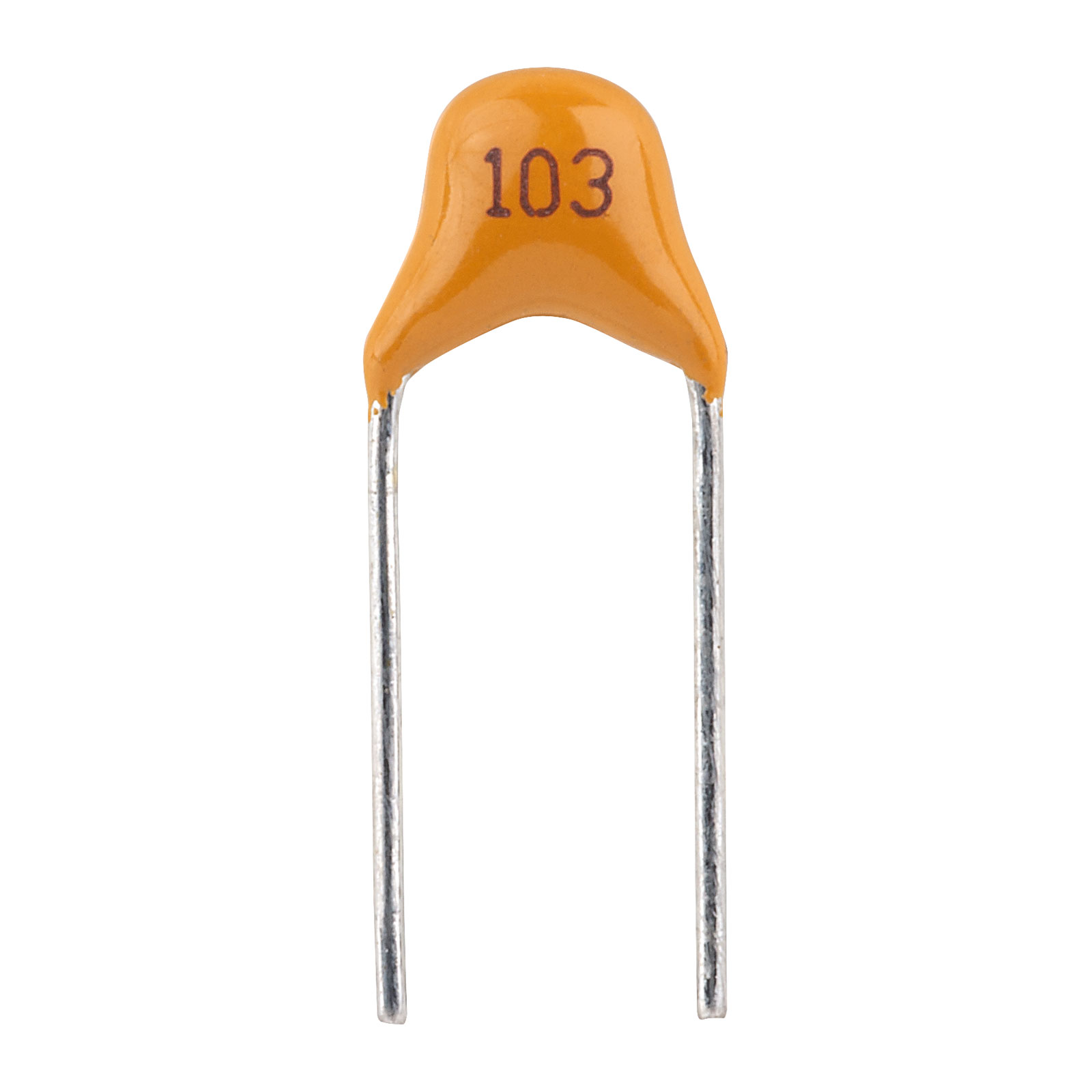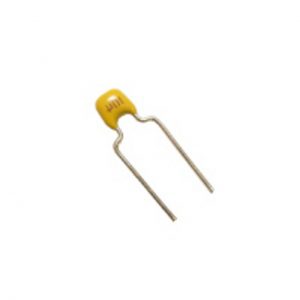
In the realm of electrical engineering, the relationship between voltage and capacitor is a fundamental concept that underpins the functioning of numerous electronic devices. Understanding this relationship is crucial for engineers and enthusiasts alike, as it enables us to design and optimize circuits, store energy efficiently, and ensure the smooth operation of various electrical systems. In this article, we will delve into the intricacies of this dynamic dance between voltage and capacitor, exploring their interdependence and practical implications.
- Capacitor Basics:
Before we dive into the relationship with voltage, let's establish a solid foundation by understanding the basics of a capacitor. A capacitor is an electronic component that stores and releases electrical energy. It consists of two conductive plates separated by an insulating material, known as a dielectric. When a voltage is applied across the plates, an electric field is established, causing the accumulation of charge on each plate. - Capacitance and Voltage:
The relationship between voltage and capacitor is defined by capacitance, a measure of a capacitor's ability to store charge. Capacitance (C) is directly proportional to the voltage (V) across the capacitor, and inversely proportional to the rate of change of voltage with respect to time (dv/dt). Mathematically, this relationship is expressed as C = Q/V, where Q represents the charge stored on the capacitor. - Charging and Discharging:
When a voltage is applied to a capacitor, it begins to charge. During the charging process, the voltage across the capacitor gradually increases, while the current flowing into the capacitor decreases exponentially. This charging behavior is governed by the time constant (τ), which is the product of the capacitance and the resistance in the circuit. A larger capacitance value leads to a slower charging process.
Conversely, when the voltage source is removed, the capacitor starts to discharge. The stored charge flows back into the circuit, causing the voltage across the capacitor to decrease exponentially over time. The discharge process also follows the time constant, with a larger capacitance resulting in a longer discharge time.
- Energy Storage and Release:
One of the key practical implications of the voltage-capacitor relationship lies in energy storage and release. When a capacitor charges, it accumulates energy in the form of electric potential. This stored energy can be released when needed, providing a rapid and reliable source of power. Capacitors find applications in various fields, such as power electronics, where they are used to smooth out voltage fluctuations and provide short bursts of energy. - Filtering and Signal Processing:
Capacitors also play a vital role in filtering and signal processing applications. By selectively allowing certain frequencies to pass through while attenuating others, capacitors can be used in conjunction with resistors and inductors to create filters that remove noise or unwanted signals. This capability is extensively utilized in audio systems, communication devices, and electronic circuits to ensure high-quality signal transmission.
Conclusion:
The relationship between voltage and capacitor is a dynamic and intricate one, with far-reaching implications in the field of electrical engineering. Capacitors serve as essential components in energy storage, signal processing, and circuit optimization. By understanding the interplay between voltage and capacitance, engineers can design efficient systems, enhance performance, and unlock new possibilities in various industries. So, the next time you encounter a capacitor, remember its pivotal role in the dance of voltage, and appreciate the profound impact it has on our technological world.

